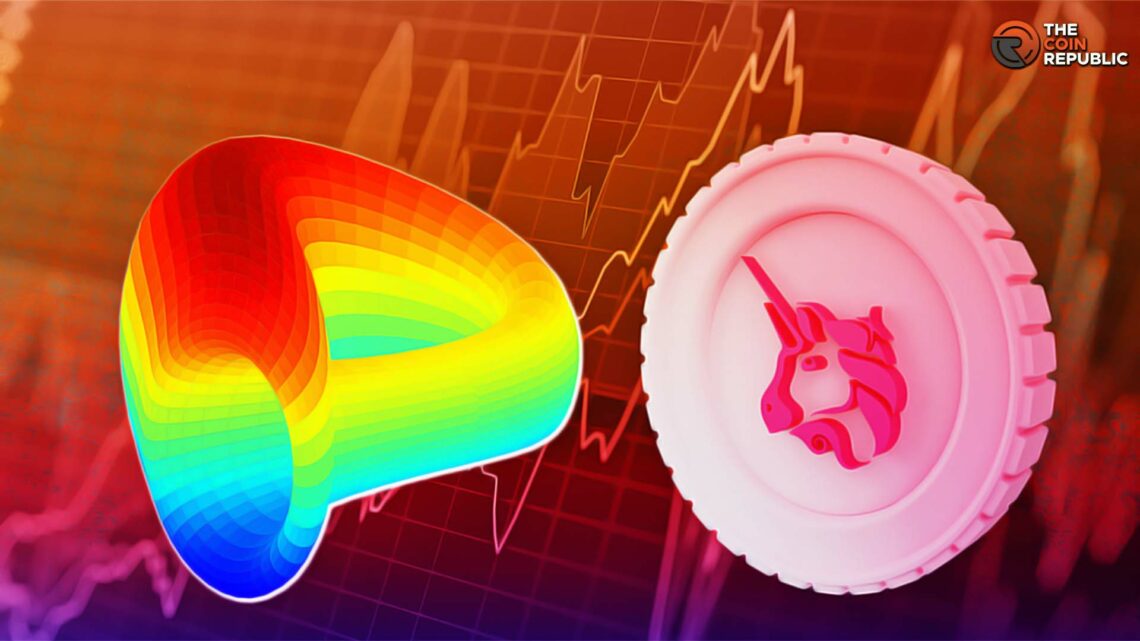- 1 Decentralized exchanges use liquidity pools to provide a ready market for cryptocurrencies.
- 2 Curve Finance creates a decentralized marketplace for stablecoins.
When the need for a marketplace for crypto assets rose, several centralized exchanges were launched. These exchanges use order books to create liquidity for the market. An order book is a list of buy or sell orders that are made on the exchange. These orders are matched, this means if there are two orders to buy 1 Ether at $1,000 and an order to sell 2 Ether at $2,000, both orders will be closed as the ETH exchanged. This method leaves the liquidity and price fluctuations at the mercy of how many orders are in each book. If a user wants to buy 10 BNB at $300 and there is no corresponding sell order, the transaction will remain unexecuted.
Decentralized exchanges solve this problem by creating liquidity pools. Liquidity pools are reserves of crypto assets contributed by users and stored in the network. If a person wants to buy 3 SOL with 10 USDT, they don’t have to wait for a corresponding sell order, instead, they can look for SOL/USDT liquidity pool with a suitable floor price and swap their USDT for SOL.
How does Curve Finance work
Curve is a decentralized exchange that contains several liquidity pools (called Curve pools) allowing users to add liquidity (by depositing their tokens) to the network or swap their stablecoin. Curve creates a decentralized marketplace for stablecoins.
The curve pool is a smart contract deployed on the curve protocol and it’s of three types: A plain pool contains 2 or more stablecoins that can be exchanged for each other. Lending pools contain wrapped tokens and allow lending on supporting platforms. For instance, the Y pool is a lending pool that allows users to deposit DAI, USDC, or USDT. These deposits are automatically wrapped as ytokens (that is yDAI or yUSDT) and stored in the pool. The initial token deposited (DAI, USDC, or USDT) is lent out on yearn.finance. The liquidity provider receives rewards from swapping fees on the pool and interest from yearn.finance.
For providing liquidity to pools, Curve Finance gives out LP tokens that can be staked or deposited in the metapools for higher rewards.
How does Uniswap work
Uniswap is a decentralized exchange that allows the trading of ETH and Ethereum-compatible tokens. These tokens do not need to be listed and users do not require an account to trade. To create liquidity pools, the liquidity provider is expected to deposit two ERC-20 tokens or ETH of equal value. So to create a liquidity pool of 1 ETH/USDC the liquidity provider is to deposit 1 ETH and the equivalent value of 1 ETH in USDC. Other users can add to the liquidity of existing pools by depositing pairs of equal value.
Uniswap charges a 0.3% fee on every swap. This is distributed as liquidity tokens to all liquidity providers of the pool. The amount of liquidity tokens received by each provider depends on the amount of each token deposited in the pool.

With a background in journalism, Ritika Sharma has worked with many reputed media firms focusing on general news such as politics and crime. She joined The Coin Republic as a reporter for crypto, and found a great passion for cryptocurrency, Web3, NFTs and other digital assets. She spends a lot of time researching and delving deeper into these concepts around the clock, and is a strong advocate for women in STEM.


 Home
Home News
News







